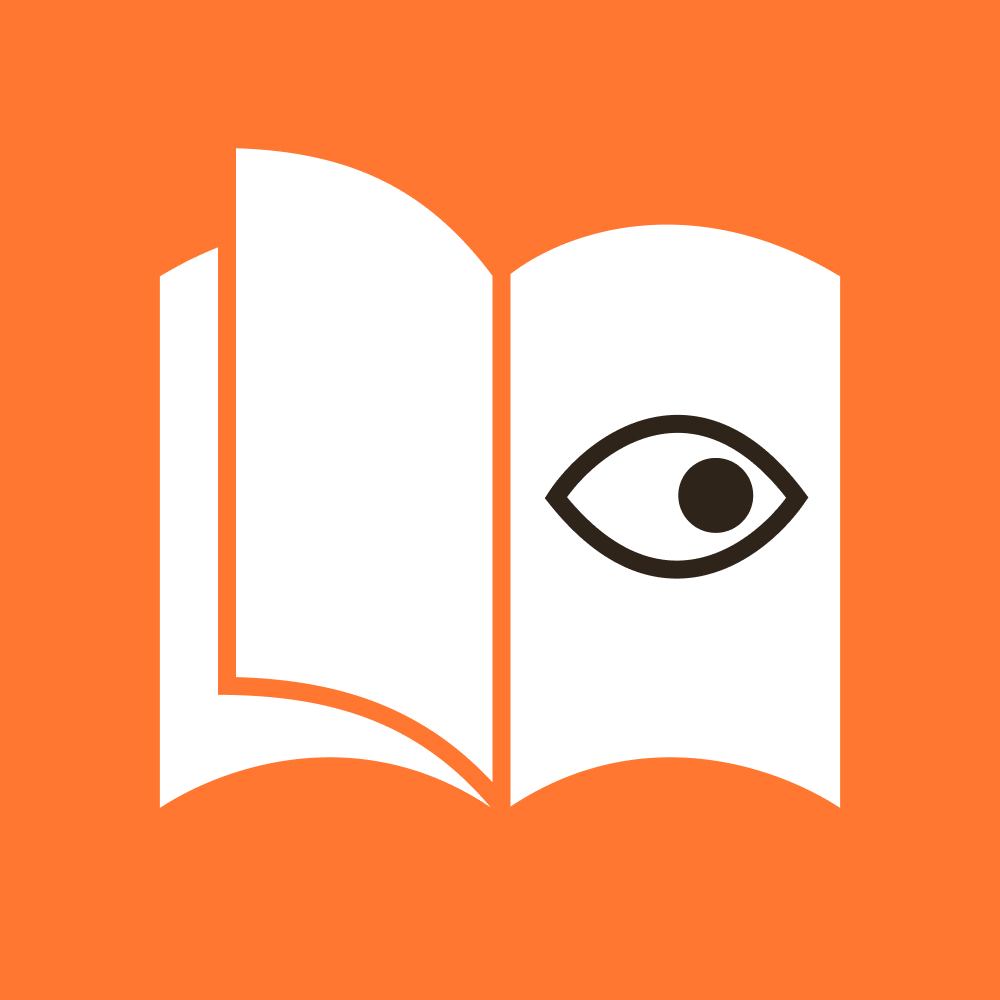It’s the creators’ economy, stupid
How media makers are using magic dust to embrace a new era
Last week, I was in New York to meet with reporters—and to attend an event in which a series of intellectual Substackers debated whether or not it was empowering to wax one’s sacred orifices—in an attempt to explain why Substack is much more than just a newsletter platform. The vision for what we’re building is giant, and I want everyone to know it.
In trying to convey to the reporters just how profound this emerging media system can be, I found myself talking a lot about magic dust.
The magic dust is actually just the Substack business model, the core components of which are:
Give media makers ownership of their communities,
Help them make money from direct subscriptions, and
Make it so that Substack can make money only when they do.
But talking about magic dust is easier.
So far, writers have taken the magic dust and used it to make new businesses appear from nowhere, unlocking massive value that was otherwise hidden. They sprinkled the magic dust on their existing talents and pioneered an economy that now pumps out hundreds of millions of dollars a year. But that’s just a hint of what the dust will ultimately help produce.
When we started Substack, it was just Chris, Jairaj, and me. Those two guys are techies, and I, a former reporter and author, am a media guy. While Chris and Jairaj were assembling all the ones and zeroes, it was my job to find writers who could succeed with a paid newsletter and were willing to bet on themselves.
The first Substack writers were
, who had been publishing a newsletter about China for five years; , who had been writing about the NBA for decades; and , who had cofounded The Toast. They were soon joined by peers with similar media backgrounds—including , , , , and Jamelle Bouie—and they became the Adams and Eves of Planet Substack. What followed was the sprouting of an ecosystem of journalists, bloggers, essayists, Twitter addicts, analysts, academics, and authors, all of whom had the courage to try something new. Substack became known as a place for some of the smartest minds in those fields, and the brand became inextricably intertwined with the words “writing” and “newsletters.”History has shown that it is fiendishly difficult to turn online writing into a sustainable business. I know, because I used to write about it as a tech reporter in the early 2010s. Aside from all the struggles news outlets have had, many well-funded attempts in tech also fell short, from Tumblr to Medium to pretty much all of the old blogging platforms.
But then writers tried using the magic dust, and it worked.
Journalists who were once at major newspapers and magazines moved to Substack and found not only true editorial independence but also dramatically higher earnings. Some even got wealthy, which was a rare occurrence pre-2017.
Writers who were active in the first wave of blogging—when high hopes were dashed by the discovery that success topped out at getting a traditional media job—have found that readers are happy to pay them for their work. Now there are bloggers who make millions of dollars a year on Substack.
That’s a form of alchemy, but the magic dust also helps people create businesses out of thin air. Some have used it to start entirely new enterprises, helping people who had never considered themselves writers make a living from the craft.
There are now more than 3 million paid subscriptions to publications on Substack. At the risk of stating the obvious: They are subscriptions that didn’t previously exist.
That’s a significant and influential ecosystem, but it’s just the beginning of what we envision. The ecosystem as it exists today is a small fraction of what Substack will become.
The people who work at Substack are missionaries. We are building a new economic engine for culture: a media system based on different incentives, different rules, and different values from the system that is currently being run by Big Social. We want to usher in a new era where creators have financial dignity and creative integrity. For us, the business is a means to an end; it’s what makes the culture possible. Almost every other technology company on the planet tries to do it the other way around.
On the Big Social platforms, creators don’t own their community. Those relationships are ultimately controlled by Mark Zuckerberg, Sundar Pichai, the Chinese Communist Party, and Elon Musk. On those platforms, with some fringe exceptions, the only way creators can make money is through a share of the platform’s ad revenue or through deals with brands that want to sell stuff to their audiences. Those conditions determine what kind of creative work gets made, how it is shaped, and who gets the rewards.
That’s an urgent problem. And it’s not just writers who have been getting a raw deal from the Big Social Industrial Complex. Everyone has.
Our culture is not in great shape. Even as media becomes more abundant and ubiquitous, we have great difficulty in understanding each other, in seeing the goodness in each other, and in figuring out ways to work together to solve hard problems. The culture we now live in is polarized, angry, anxious, hyperactive, and unstable—a near-perfect reflection of Big Social’s dominant characteristics.
Big Social isn’t really delivering on economic value for creators, either. There aren’t many winners. It’s a system that exploits creators, convincing them that reach is an adequate replacement for money and that engagement is a fair trade for ownership. It’s a system that rewards creators who specialize in hype and pique but punishes those who seek to nourish the soul.
The world desperately needs an alternative. A better culture demands it.
We already know the magic dust can help.
We see TikTok stars, like
, come to Substack because they understand the value of owning their community—especially when that community otherwise lives on a platform that might disappear at any minute—and realize that they can earn more from paid subscriptions than they do from brand deals.We see Instagram influencers, like
, discover the delight of a direct relationship with a more engaged community that will receive and respond to everything they publish.We see YouTubers, like
, build a home on Substack and immediately make more money from subscriptions than they do from ad revenue, without the fear of being arbitrarily demonetized.And we see creators whose followings on those platforms are modest but who come to Substack and thrive.
These kinds of creators aren’t always going to have a written component to their Substacks. They might instead attract subscribers through chats or live-streamed videos on the app. They might focus on long-form videos, films, or podcasts. They might even do what
, one of the biggest earners, does. She publishes the exact same content on Facebook and Substack every day—the difference is that, on Substack, her subscribers get each post in their inbox, and comments are limited to the paying supporters. On Facebook, her work earns her zero dollars. On Substack, it earns her millions.But there is a long way to go. Most TikTokers, Instagrammers, and YouTubers don’t spend their time on the desktop computers and email inboxes that Substack was originally designed for. They live and work on their mobile phones, and so do their audiences. In December 2023, there were 8 billion visits to YouTube from desktop. There were 98 billion visits from mobile.
We’re committed to offering them the magic dust, too. We recently made it possible to start a Substack and publish posts through the mobile app, and we just wrapped up our first-ever fellowship for creators. We’re going to keep making the platform more mobile-friendly, and we will talk to creators and consumers from all corners of the internet in ways that make sense to them.
As more and more of the rest of the internet arrives on Planet Substack, the writers who are already here will have more people to reach, more potential subscribers, greater potential earning power, and less need to spend time in those other places, which are sometimes fun but also sometimes maddening. As the world’s smartest creators come to realize the benefits of the internet’s most creator-friendly system, and a new generation of creators finds they can thrive here, they will bring their audiences with them, populating an ecosystem that blends the best of social media (discovery and discussion) with the best of traditional media (quality and craft)—and a feed that is blessedly free of ads.
Writers on Substack may discover that the tools designed for other creators are valuable to them, too.
was Substack’s first writer, and this week he’ll be one of the first creators featured in the Substack Election Dialogues, a series of discussions broadcast via live video within the app. A pioneer, as ever.All of this will result in a new media economy that’s more valuable than what has come before—especially for creators. It’s not the creator economy, but the creators’ economy. When the economy belongs to the creators, it means less power for Big Social and more power for those who bring people together through art and culture.
The funny thing is that this massive change in the internet will have happened not because of technological innovation—it’s not an “AI something something” or an “old thing but now crypto”—and not because of government intervention. It will have happened because of how writers and creators used the magic dust. Just a boring business model, and the pioneers who saw what’s possible.








I'm on a restricted income, but I read a great deal and Substack has introduced me to some true gems in terms of writing and journalism. But I pay hundreds per year, which is a financial strain, so I've had to give up a few things to afford it. I send my sincere appreciation to those who offer free access to at least some of their content, and also to those who charge a reasonable price. I wish I could afford everyone.
I’ve been writing for publication since 1966 (published my first short story when I was 15 years old; today have 35 books in print in 17 languages and over 1000 magazine articles including dozens of cover stories), and have never seen anything like Substack in terms of reach, breadth, and the ability to compensate writers fairly. So grateful to you, Hamish, and your colleagues for bringing this extraordinary platform into existence!